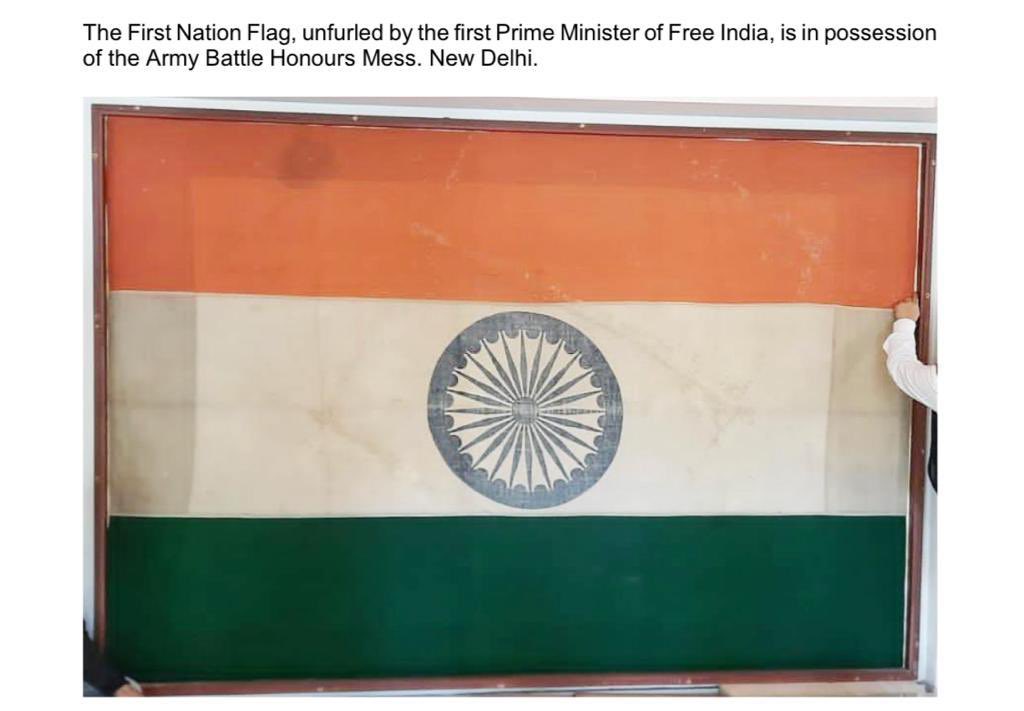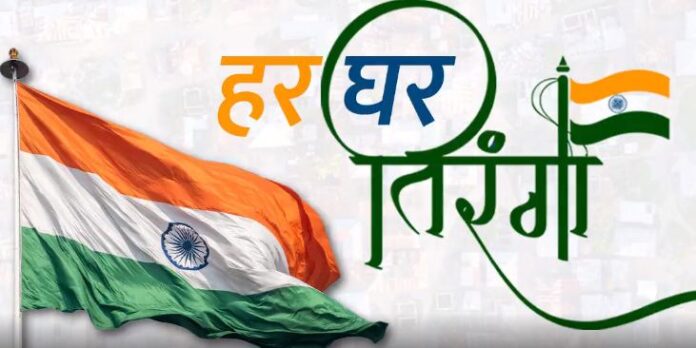As the country enters its 75th year of independence, August 15th is being celebrated across the country with much fanfare. The celebration this time is completely different and special, especially because this time the countrymen are celebrating the independence as Amrit Mohotsav. Not only this, this time the Prime Minister has also called for Har Ghar Tiranga Abhiyan. The campaign has received double the response across the country. Not only the fans of Narendra Modi but also the opponents enthusiastically joined the campaign, and hoisted the tricolor at their homes. Houses, shops, flats, buildings, dams, bridges, restaurants, etc. were seen waving tricolors at all places.
The national flag waving in the air is the pride of every Indian, a symbol of freedom and also a symbol of pride. The combination of saffron, white and green with the blue Ashoka Chakra has the talent to make one’s paws reach out and salute. Today as the country is celebrating the Amrit Mohotsav of Azadi, a campaign of patriotism has gained momentum across the country, and that is the Har Ghar Tiranga.
Prime Minister Narendra Modi also called upon the countrymen to join the Har Ghar Tiranga Abhiyan in the Mann Ki Baat programme, to which the countrymen have responded very well.
With a call from the Prime Minister, this country has been painted in the national color of three colors. Wherever you look, only the three colors of the national flag can be seen. The whole country is now painted in the colors of patriotism. On the call of the Prime Minister, it is happening for the first time in the history of India that the entire country has been painted in patriotic colors even before the Independence Day.

The tricolor has not come directly to us in this form, as high as its glory is, its history is equally interesting.
Interesting history of the national flag
During the Swadeshi movement on 7 August 1906, the national flag hoisted at the Parsi Bagan Chowk in Kolkata was in green, yellow and blue stripes, with Vande Mataram written in the centre.

The next year in 1907, the flag hoisted by the great revolutionary Madam Bhikaji Kama in Stuttgart, Germany had saffron, yellow and green stripes. The saffron band had seven stars representing Saptarishi, while the yellow band in the middle had Vandemataram written on it. Sun and moon were drawn on the green strip.
Then the flag got a new look in the year 1917 during the Home Rule movement. In which numbers of 5 and 4 were used respectively red and green stripes, in which there were seven stars symbolizing Saptarishi.

Another national flag was experimented with in the Vijayawada session of the Congress held in 1921, although the fifth flag of India came out in 1931 which experimented with a Charkha in the centre.
Our current national flag was chosen by the Constituent Assembly on 22 July 1947. The flag was designed by Pingali Venkaiah after studying the flags of 30 countries. It was adopted as the national flag of the Republic of India on 26 January 1950.
As an Indian, it is our duty to respect our tricolor and show patriotism by joining the Har Ghar Tiranga Abhiyan in the 75th year of independence.


